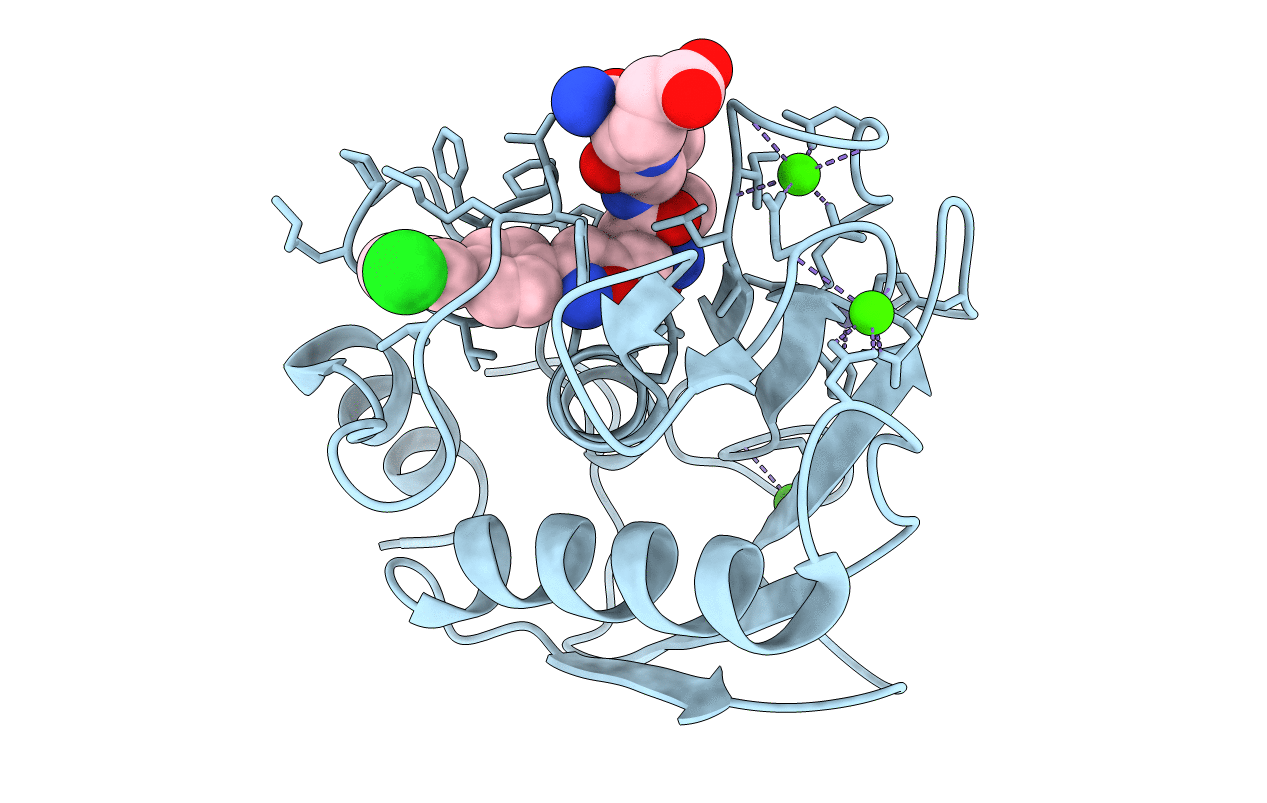
Deposition Date
2010-01-25
Release Date
2010-09-01
Last Version Date
2023-09-06
Entry Detail
PDB ID:
3LIL
Keywords:
Title:
Human MMP12 in complex with non-zinc chelating inhibitor
Biological Source:
Source Organism:
Homo sapiens (Taxon ID: 9606)
Host Organism:
Method Details:
Experimental Method:
Resolution:
1.80 Å
R-Value Free:
0.18
R-Value Work:
0.15
R-Value Observed:
0.15
Space Group:
P 21 21 2


